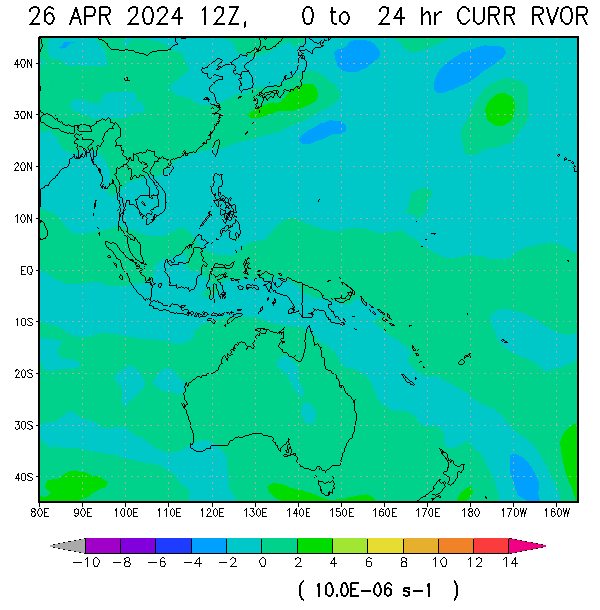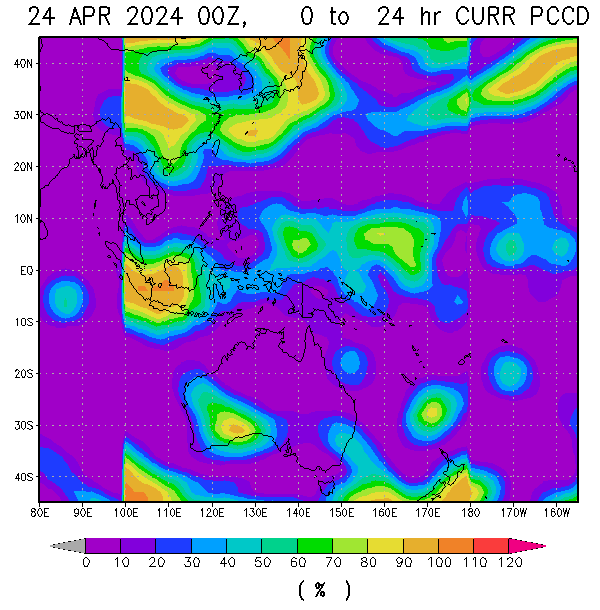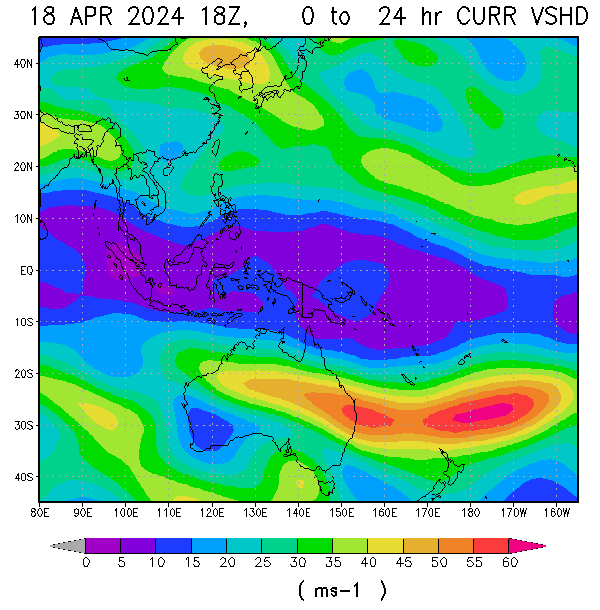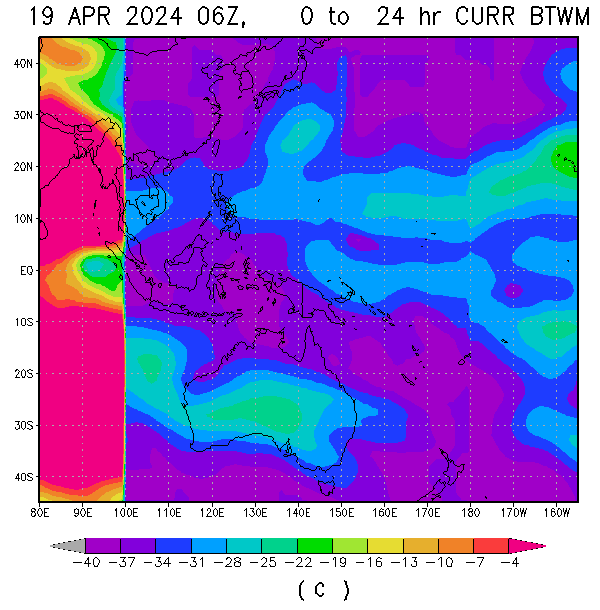Have you felt the speed of the bullet train? How about the fighter jet flying high at the sky? If not, then people over Guiuan, Eastern Samar and Tacloban, Leyte felt this type of speed. Super Typhoon Haiyan (local name: Yolanda) packing maximum sustained 1-min average windspeed (based on JTWC) at 170kt (306kph) and gust of up to 205kt (380kph) at the eyewall, with sea level pressure of 895mb (rammbcira at 838mb) at the center, severely hit the area between 430am to 730am of November 8, 2013. Considered as the strongest this year and possibly stronger than Super typhoon Tip (unofficialy), what really makes this system attain superb intensity despite of faster movement across the Western Pacific?
Haiyan develop as a depression last november 3 near Marshall islands/Caroline islands (6.4N, 156E) in an area of low vertical shear, warmer SST and very high OHC. It travels faster at average of 17kt/hr or more, on a westerly track under the influence of Strong HPA over north. Despite of favourable environment, Haiyan intensifying at slow rate averaging of 5-10kt per day. It reaches a category 1 typhoon 2 days after it formation and even stay at 65kt maximum intensity for 6hrs because it travels over lower ocean heat content. 
Ocean heat content is the heat stored deeply on the ocean, the warmer and deeper the water the higher the ocean can store heat. 50kJ/cm^2 Ocean Heat Content (OHC) is favourable for tropical cyclone change its intensity.
Between 0600UTC to 1200UTC, Haiyan travels from lower 15-35kJ/cm^2 OHC to 100kJ/cm^2 causing a very rapid intensification, intensifying from 65kt to 130kt in 18hrs. Other than higher OHC, warmer SST at 31-32C and 5kt vertical wind shear also contributes to its intensification. During this period, a pinhole eye only seen on satellite imagery. 
It continuously intensify until reaches a 150kt maximum windspeed over the eyewall at around 1800UTC on November 6
It remains at 150kt/278kph maximum sustained winds at gust of up to 180kt/333kph for the 12hrs (1800UTC to 0600UTC) at distance approximately 650km ESE of Leyte. During this time all agencies consider this as a peak intensity not until another wave of explosive intensification took place. At 1200UTC, after crossing very high OHC, from 75kJ/cm^2 to 150kJ/cm^2, 
with surface temperature of 31C, it intensified to 165kt maximum 1-min average speed and even reaches a superb 170kt 3hrs before landfall. 
Evidence is the sustained very cold cloud tops at thermal IR imagery around the inner band of Haiyan as it approaches the Eastern part of Visayas, indicating sustained very strong updraft and plenty of moisture pumping up by the surface water as vertical shear over the area was lowest at 0-5kt average, very good enough for the eye to sustain warmer temperature, a source of its energy.
Thermal IR imagery during peak intensity of Super typhoon Haiyan (AKA Yolanda)
APPROACHING EASTERN SAMAR (ENTRY POINT)
WHILE CROSSING VISAYAS
EXITING VISAYAS (EXIT POINT)
Visible IR imagery during landfall over Visayas islands
Images below are the current conditions of surface temperature and amount of OHC available during the time of Super typhoon haiyan.
 11-03-2013 OHC |
 11-04-2013 OHC |
 11-05-2013 OHC |
 11-06-2013 OHC |
 11-07-2013 OHC |
 11-08-2013 OHC |
 11-09-2013 OHC |
 11-03-2013 SST |
 11-04-2013 SST |
 11-05-2013 SST |
 11-06-2013 SST |
 11-07-2013 SST |
 11-08-2013 SST |
 11-09-2013 SST |
 11-03-2013 SEA HEIGHT ANOMALY |
 11-04-2013 sha |
 11-05-2013 sha |
 11-06-2013 sha |
 11-07-2013 sha |
 11-08-2013 sha |
 11-09-2013 sha |
Right now after the passage of haiyan, many may ask if this is the start of so-called global warming, the answer is we are now on the middle stage of climate change. As global temperature gets warmer, deeper ocean can store more heat which may fuel more destructive storms in the future. In Philipines alone, tornadoes are increasing every year and becoming more destructive while amount of rainfall also increases as convection becomes more intense, sea level along the coastlines also rising while typhoons and hurricanes including cyclonic lows over upper latitude also becoming ferocious..
There might be a chance that another one or stronger one maybe before the end of the year, next year, the other year or in future, may come and hopefully we prepare coz mother nature's anger now becoming more visible.
for more information watch this documetary video:












No comments:
Post a Comment